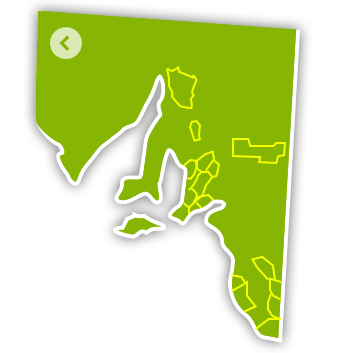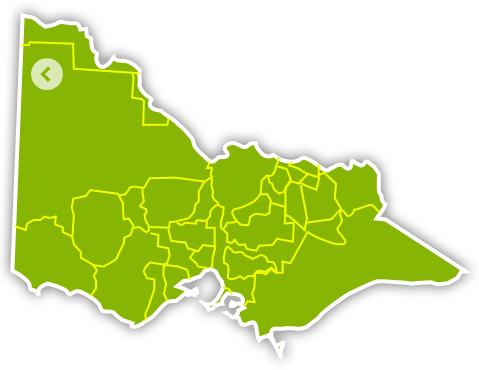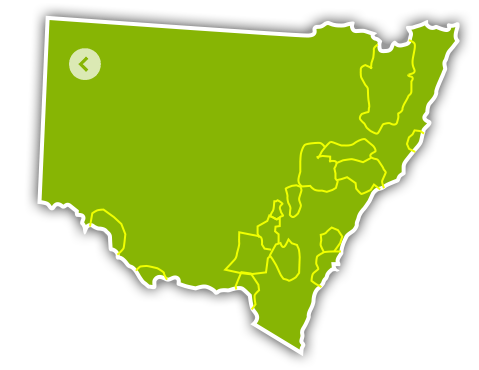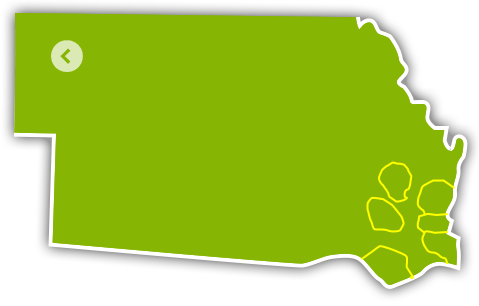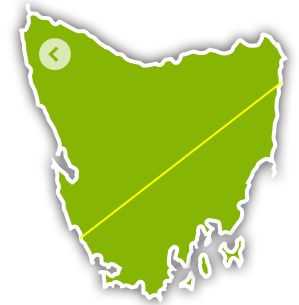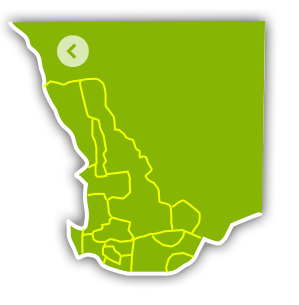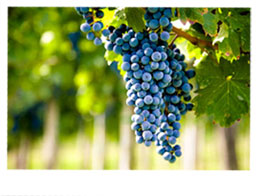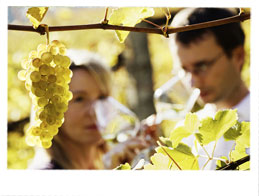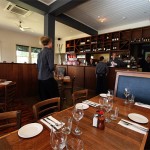The ol’ Duke
The first inhabitants of Portarlington and the surrounding district were the aboriginal Wautharong people, who appeared to live on the local mussels for which Portarlington is still famous for today.
The area was first significantly explored in January 1802, but there was no significant settlement until the arrival of pioneer settler John Batman in 1835. Among the earliest known settlers was Henry Bayton, a butcher from Hobart who established a cattle shipping service between Portarlington and Van Diemen’s Land. He is thought to have had a station named Westham that may have occupied the site near the derelict homestead now known as Lincoln’s Farm.
The township of Portarlington was formally surveyed around 1850 and was at that time named Drayton. It was renamed Portarlington in 1851, reportedly in honour of the English peer, Sir Henry Bennet, 1st Earl of Arlington, however it is also suggested, and perhaps seems more likely, owing to the number of early Irish settlers in the area, that the town was actually named after the town in Ireland bearing the same name, Portarlington, which was founded by Sir Henry Bennet in 1666. The newly surveyed township was neatly laid out, with broad streets, and planted with English elms and pines.
The front weatherboard section of The ol’ Duke was built in 1855 and the brick building added in 1878. The building was originally known as the Calhoun Family Hotel. Over the years the building has had many names and at one stage was known as the Duke of Edinborough Hotel. It ceased operation as a hotel in 1940, however the locals have always referred to the building as ‘the duke’, hence the name The ol’ Duke.
In the years following the delicencing, The ol’ Duke was part of the community, being utilised as a hospital, police station, clothing factory and pizza shop. The building became very run down and prior to renovation in late 2000 was home to approximately 80 resident pigeons.
With such a fabulous building to work with, The ol’ Duke was restored with a contemporary edge, while retaining the old world charm with original windows, pressed metal ceilings, ceiling roses, staircase, floorboards and timber doors.
With renovation complete on the ground level, the restaurant opened its doors over Easter in April 2001. The work continued upstairs and we welcomed our first guest for an overnight stay on the last weekend in July 2001. The old stables at the rear of the property completed the project with two self contained apartments and were ready for bookings in Christmas 2002
